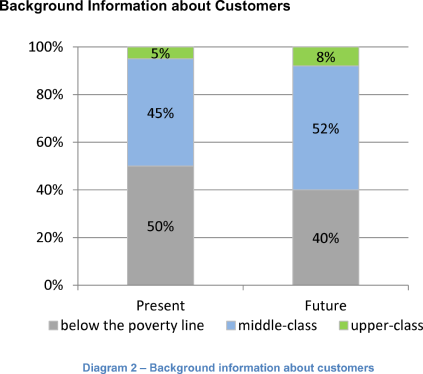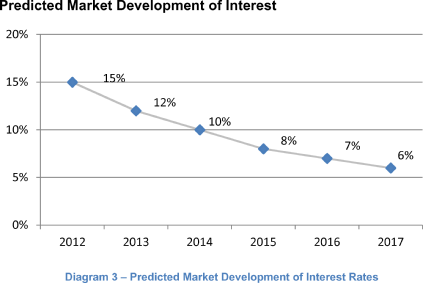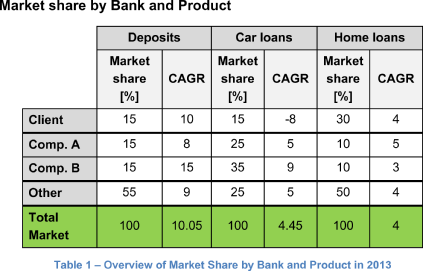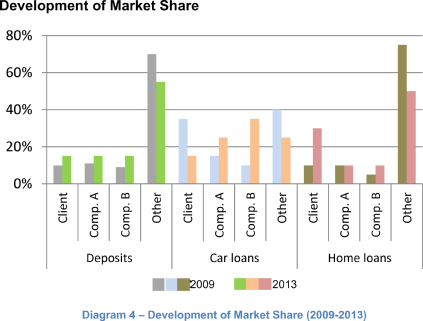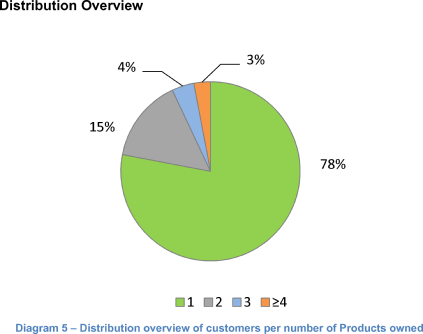Bank growth strategy
28.7k
Times solved
Intermediate
Difficulty
A bank based in a developing country in Africa has hired us to find out how it can grow its local retail banking business unit.
What aspects would you investigate?
What would you recommend to our client?
Case Comments
Further Questions
1. To beat Competitor B, should the client propose a merger with Competitor A? How would you analyze this suggestion?
2. Can you think of any new products that the bank could launch?
Note for Interviewer
Additional questions
If the interviewee solves the case very quickly, you can come up with more challenging questions to ask them.
28.7k
Times solved
Intermediate
Difficulty
Do you have questions on this case? Ask our community!
